From behind the scenes to the front stage: Why lightweight high-frequency handling robotic arms were born
In the past, handling operations have always been regarded as simple, inefficient but indispensable links. Today, with the transformation and upgrading of manufacturing models, the requirements for handling operations are also constantly increasing: faster pace, higher frequency, and more flexible response have become the new normal.
It is in this context that handling robotic arms were born. With smaller loads, faster movements, and higher deployment density, they meet the needs of new manufacturing workshops for flexible scheduling and dynamic handling. Compared with traditional large-scale handling machinery, this type of lightweight equipment has lower energy consumption, faster beats, and is easier to seamlessly integrate with existing production lines, becoming the "invisible blood" in the flow of workshops.
In the context of accelerated changes in the current manufacturing landscape, automated handling robotic arms are no longer dispensable auxiliary devices, but a key force to drive manufacturing companies to move forward quickly on the road of flexibility and intelligence.
Accelerator of manufacturing resilience: How to improve competitiveness of handling robot arms
Today's manufacturing competition is no longer about the performance of single-point equipment, but the response speed and coordination ability of the overall system.
Lightweight high-frequency handling robotic arms show advantages under this logic:
Rapid scheduling and shortened response chain
The lightweight design enables the robot arm to quickly enter the next task after completing a single handling action, compressing the switching time and increasing the operation density per unit time.
Flexible layout to adapt to variable production lines
Thanks to its small size and light weight, high-frequency robot arms can be deployed in complex environments with limited space and high beat requirements, quickly reconstructing the handling flow line, and bringing stronger flexible response capabilities to enterprises.
Therefore, from production efficiency, space utilization to cost control, automated robot arms are quietly reshaping the competitiveness of enterprises in all dimensions.
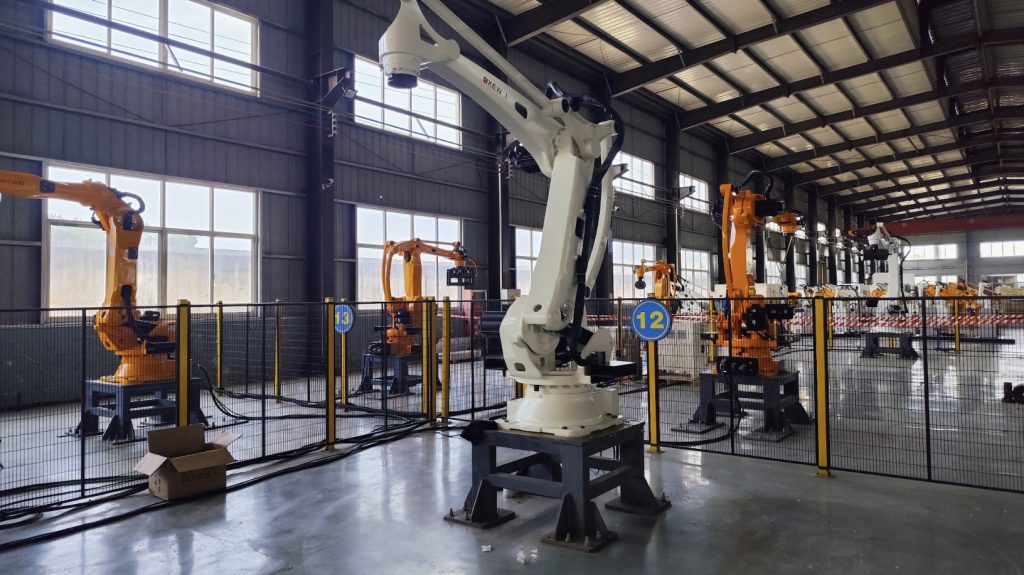
Imperceptible changes: How lightweight high-frequency handling robotic arms reconstruct organizational structures
On the surface, automated handling robotic arms only undertake the action of "handling";
But in-depth observation shows that they actually trigger broader organizational changes:
Redefinition of job functions
As robotic arms take over a large number of high-frequency handling tasks, workers are freed from simple physical labor and turn to higher-level positions such as equipment maintenance, process optimization, and data analysis, and the overall human resource structure of the enterprise is upgraded accordingly.
Redesign of workshop layout
Due to the flexibility of lightweight high-frequency handling robotic arms themselves, enterprises are able to break the traditional linear assembly line layout and build more flexible modular and mesh production units to improve the overall production line resilience.
Re-evolution of management model
Traditional small-batch production that relies on a large number of manpower dispatches has gradually evolved into an intelligent dispatching system with robotic arms as nodes and digital systems as the core, and both management efficiency and transparency have been improved.
In other words, the emergence of lightweight high-frequency handling robotic arms is not just an optimization of the surface of the production line, but a quiet but profound transformation of the operation mode of corporate organizations from the underlying logic.
Future-oriented: Evolution direction of lightweight high-frequency handling robotic arms
Currently, lightweight high-frequency handling robotic arms are mainly focused on standard actions and local optimization, but with the advancement of perception, control, and algorithms, they will continue to evolve in multiple directions in the future:
Adaptive scheduling and group collaboration
The manipulator will not only complete a single action, but also dynamically adjust the handling path based on real-time data, and even form multi-node collaboration with other manipulators to build a flexible manufacturing network.
Intelligent perception and autonomous decision-making
After integrating more vision, force perception and other sensor modules, the handling and stacking manipulator will have richer environmental perception capabilities, can autonomously avoid obstacles, optimize the handling process, and greatly improve the autonomy of the operation.
Modular expansion and rapid deployment
Future manipulators will pay more attention to modular design, support rapid replacement of different fixtures and end effectors, and adapt to a wider range of product types and production mode changes.
With the gradual implementation of these evolutionary directions, intelligent manipulators will promote the continuous upgrading of manufacturing companies on a larger scale and at a higher level.
Conclusion: Hidden Pusher, Future Protagonist
The rise and fall of each automated handling robot arm is quietly rewriting the underlying logic of competition for manufacturing companies.
They are hidden pushers, and they are also the future protagonists.
For manufacturing companies, the introduction of lightweight high-frequency handling robotic arms is no longer a simple "efficiency improvement" action, but a systematic layout for the future. Those companies that can recognize and actively layout in advance will take the lead in taking a new starting point and winning a new track in the next round of manufacturing reshuffle.
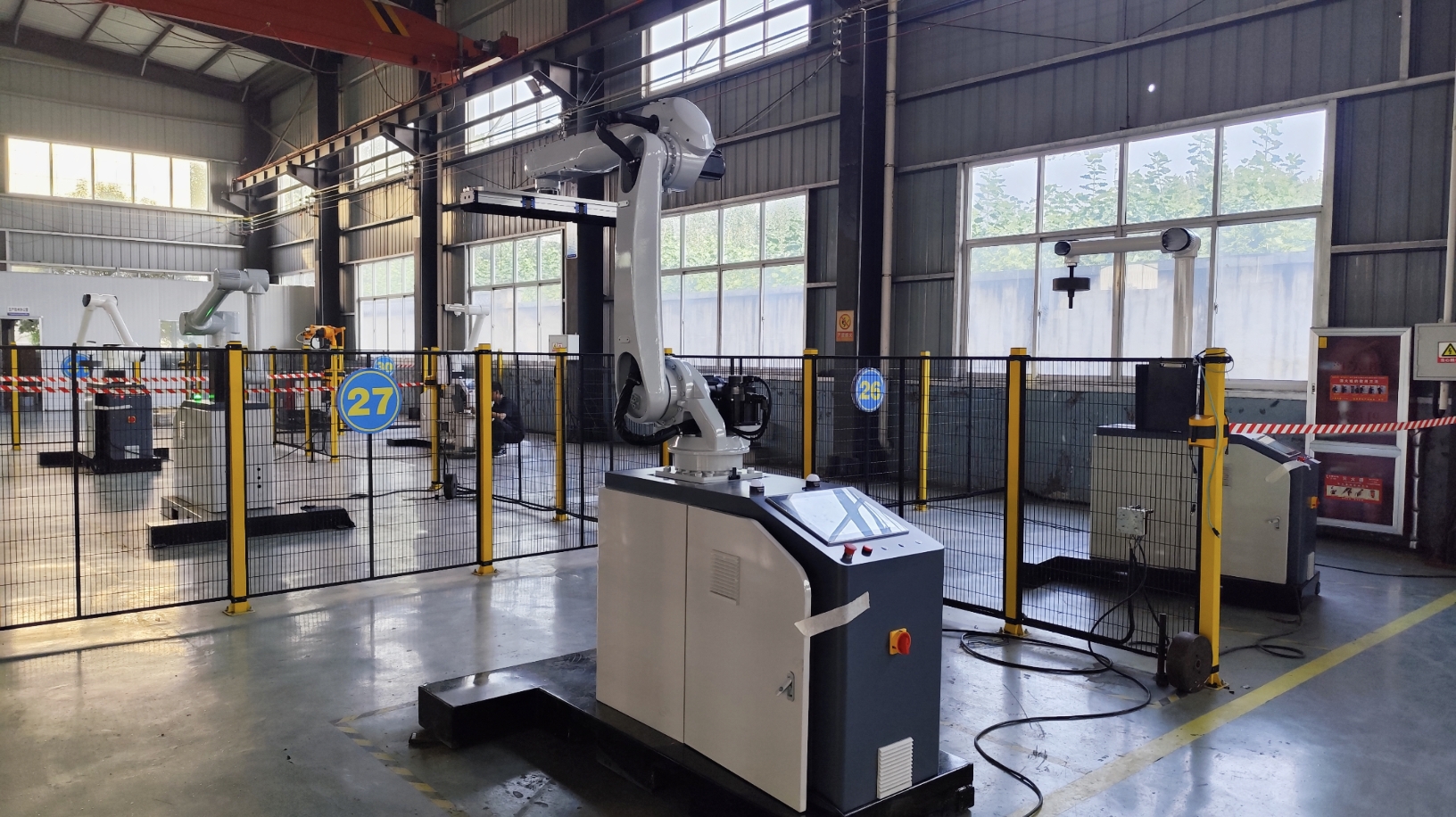
Online Consultation
Hello, the current customer service is offline. You can leave your contact information and the staff will respond to you as soon as possible!


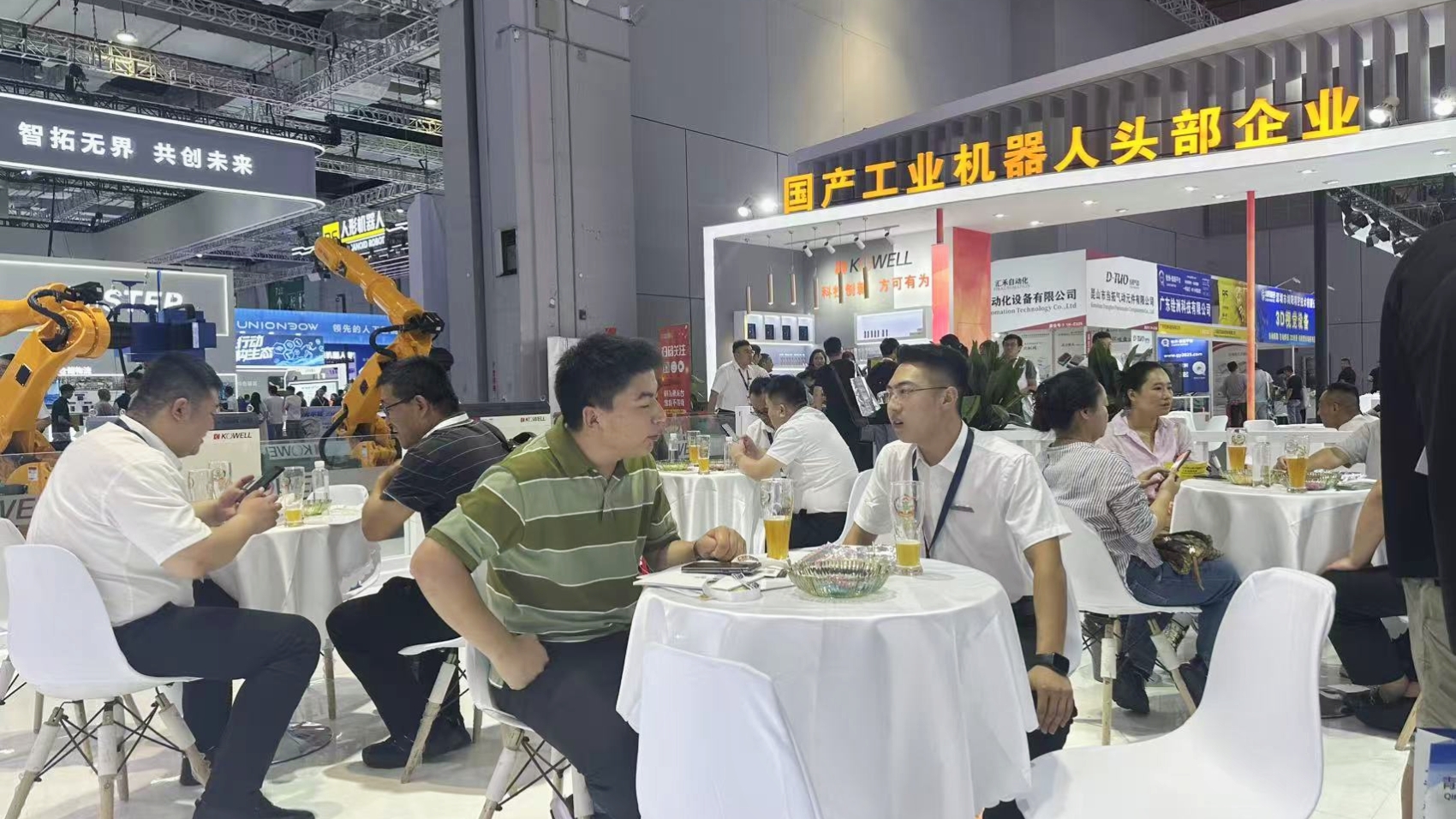
![[CIIF Day 4: Technology In-Depth] Kewei Robotics Drives Intelligent Manufacturing with Innovation, Leading the Wave of Industrial Transformation](https://cdn.cnyandex.com/kw_en/uploads/9.26.1.jpg)
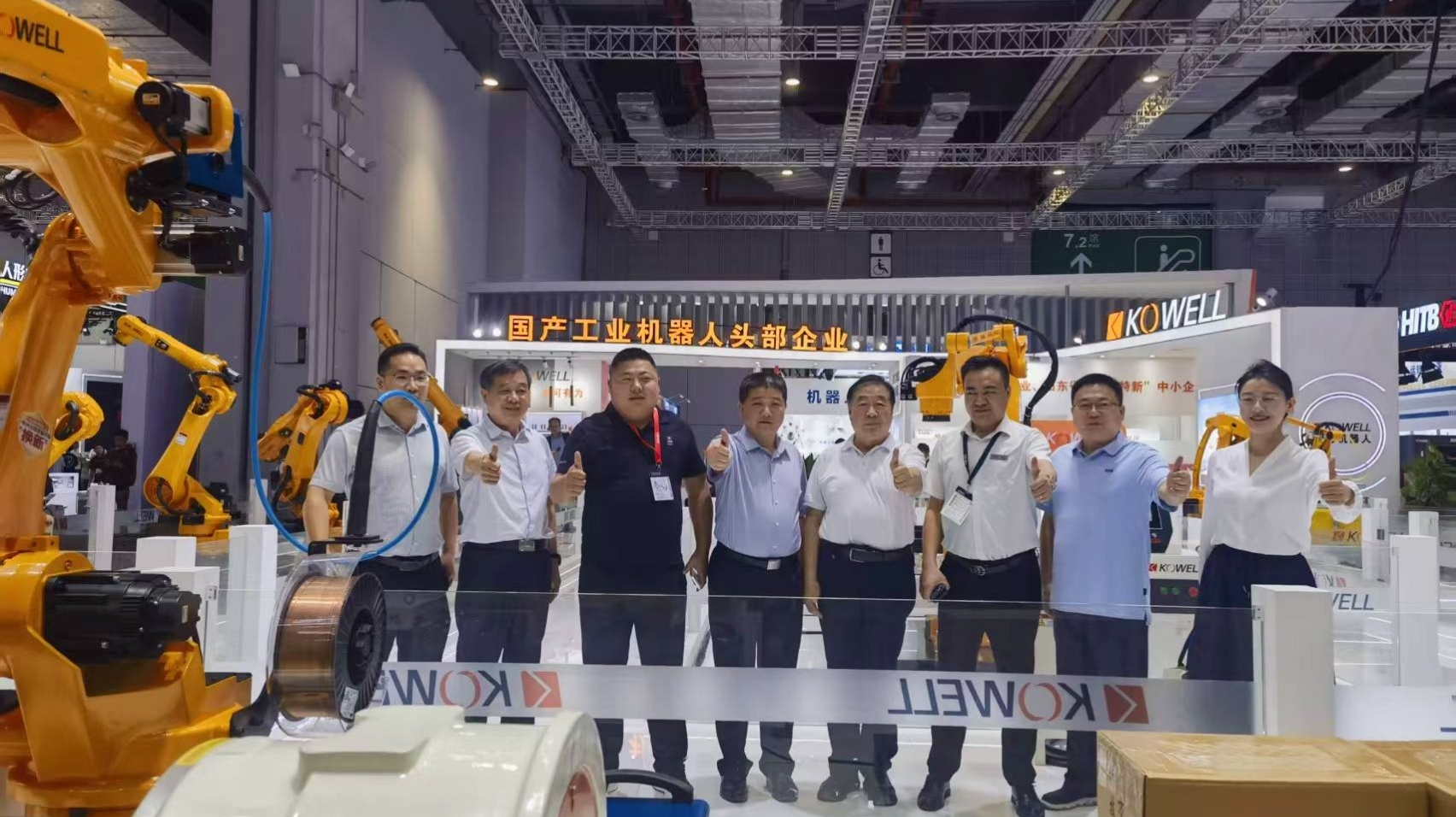
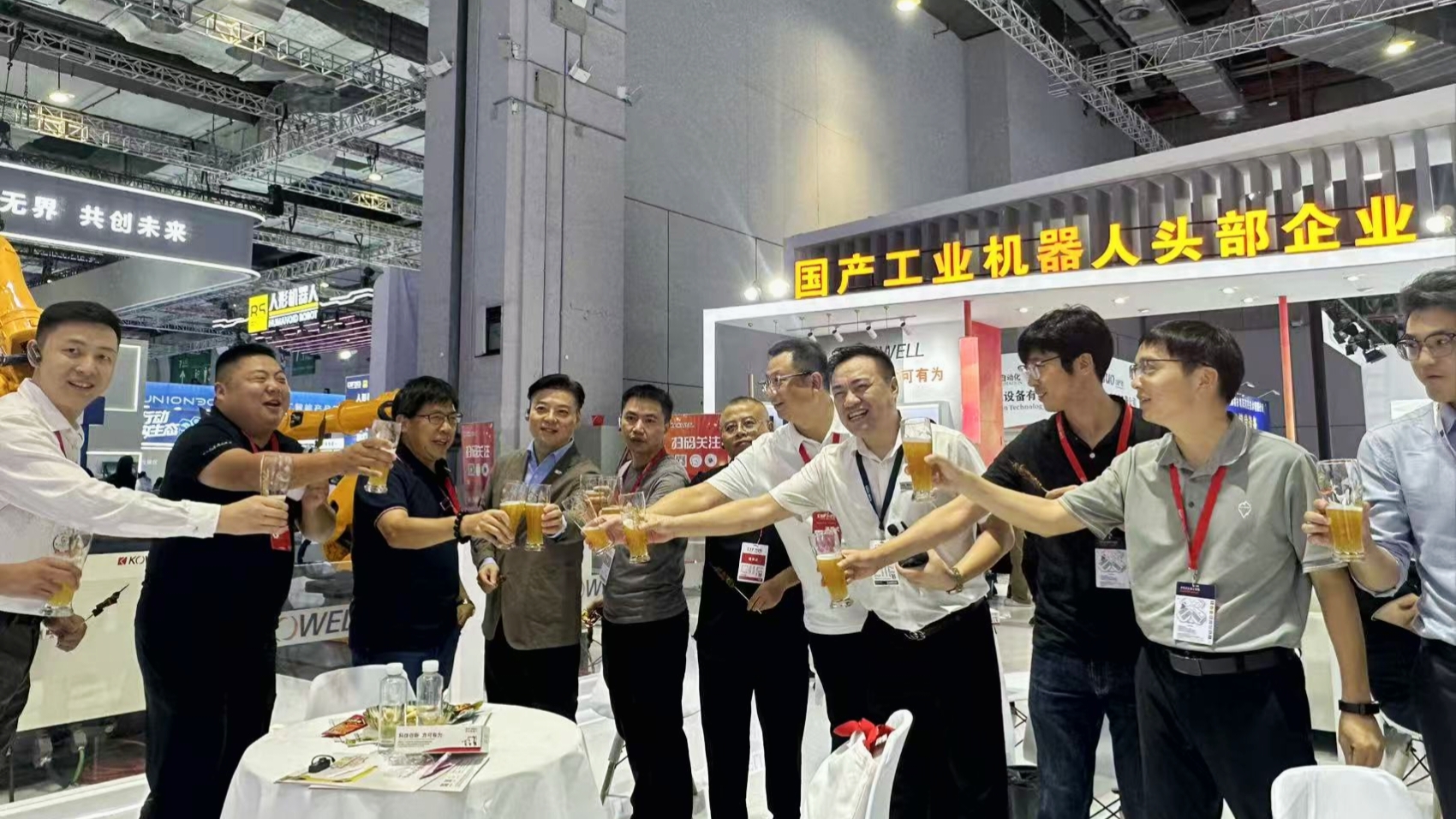
![[CIIE First Day: Exploding the House] Kewei Robotics made a stunning appearance at the CIIE, ushering in a new paradigm for intelligent manufacturing!](https://cdn.cnyandex.com/kw_en/uploads/9.23.1.jpg)